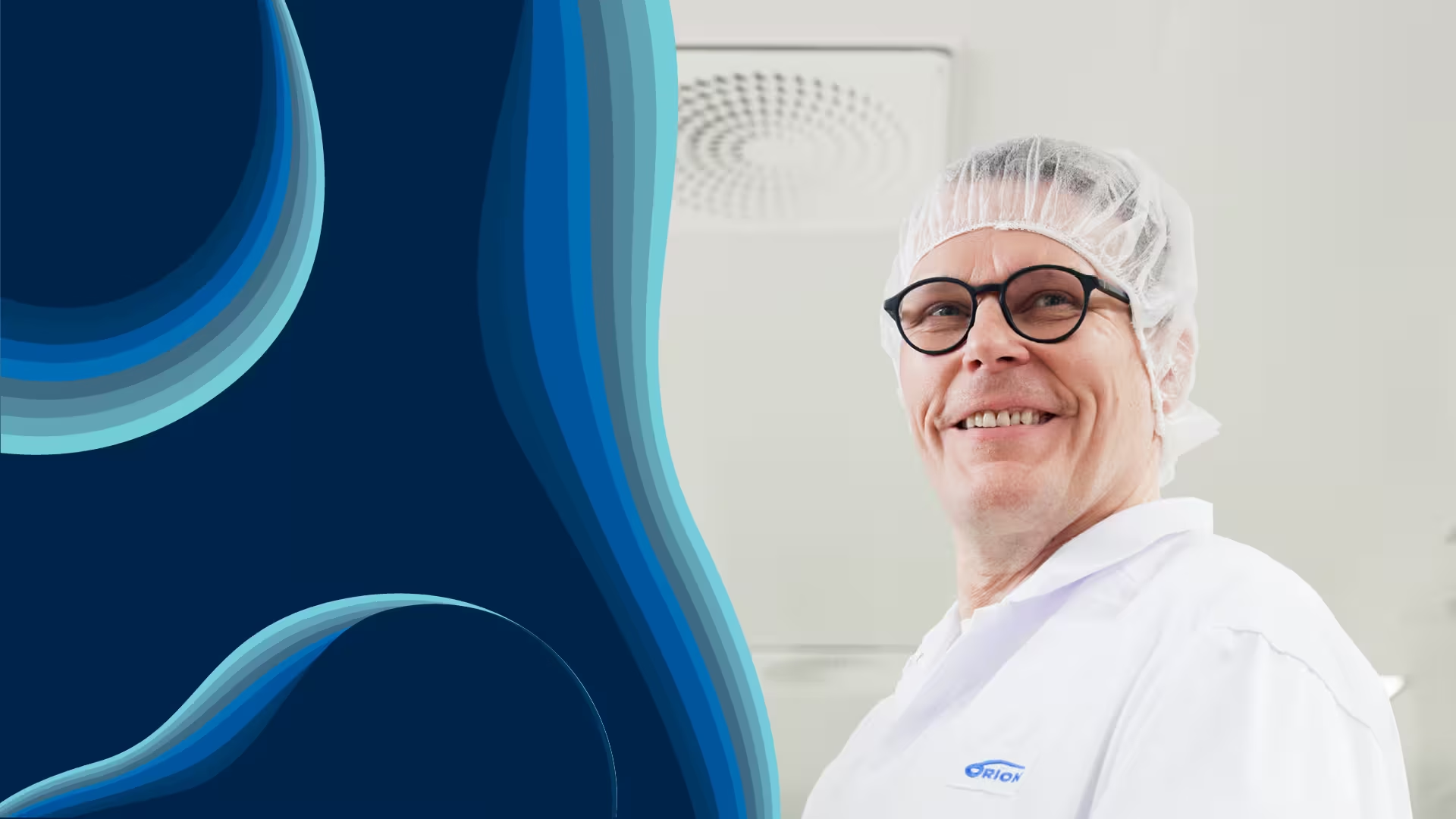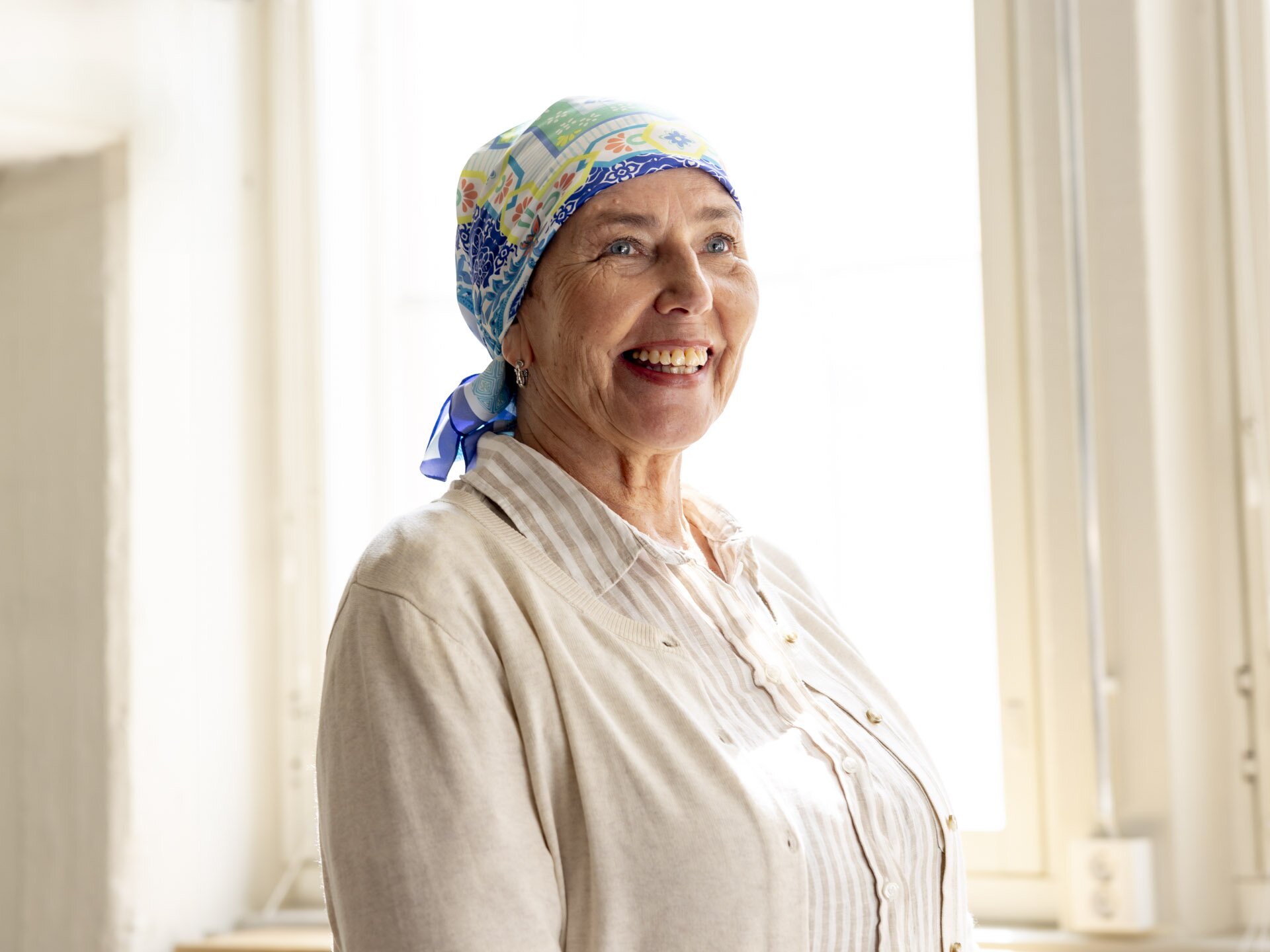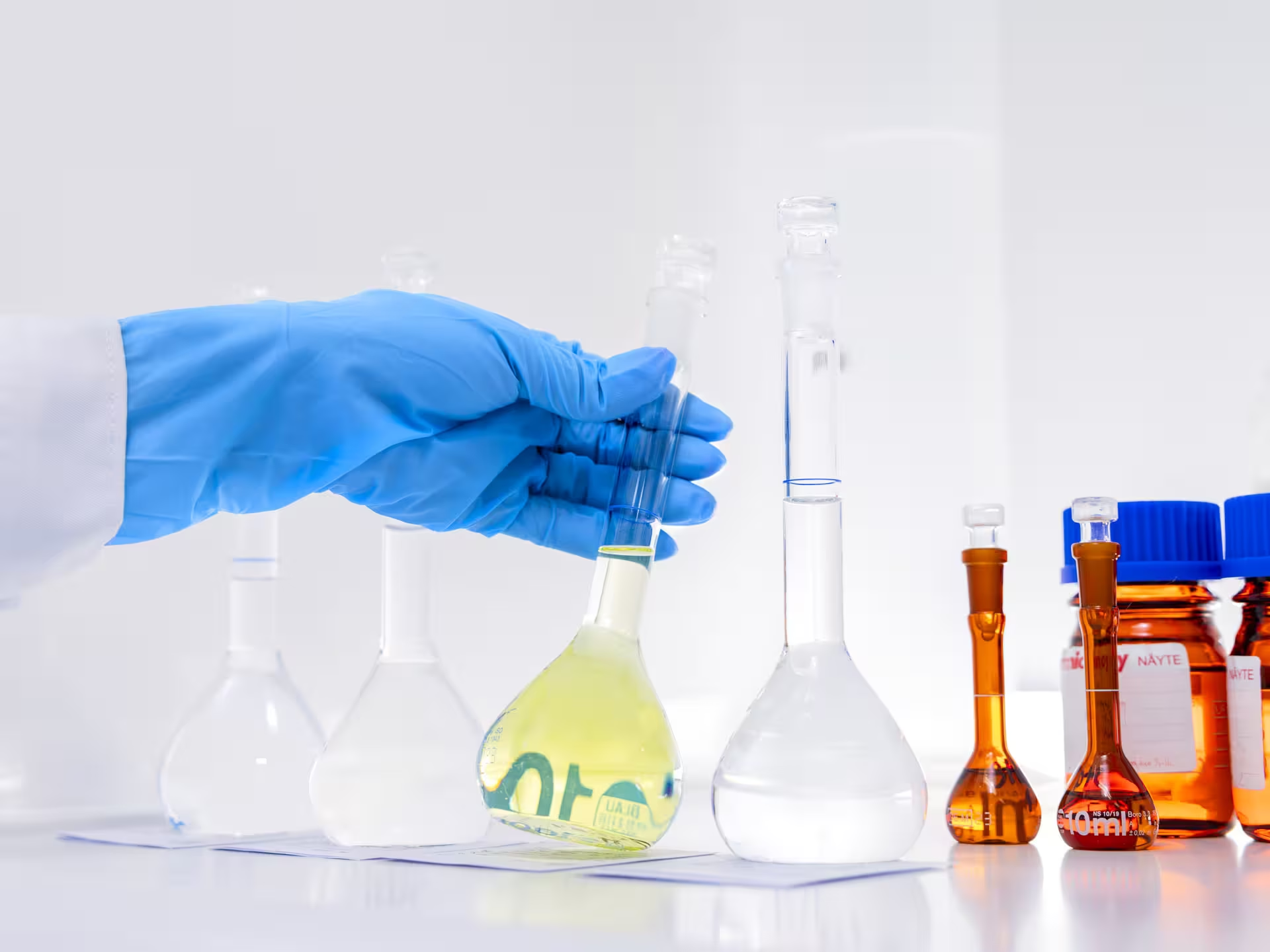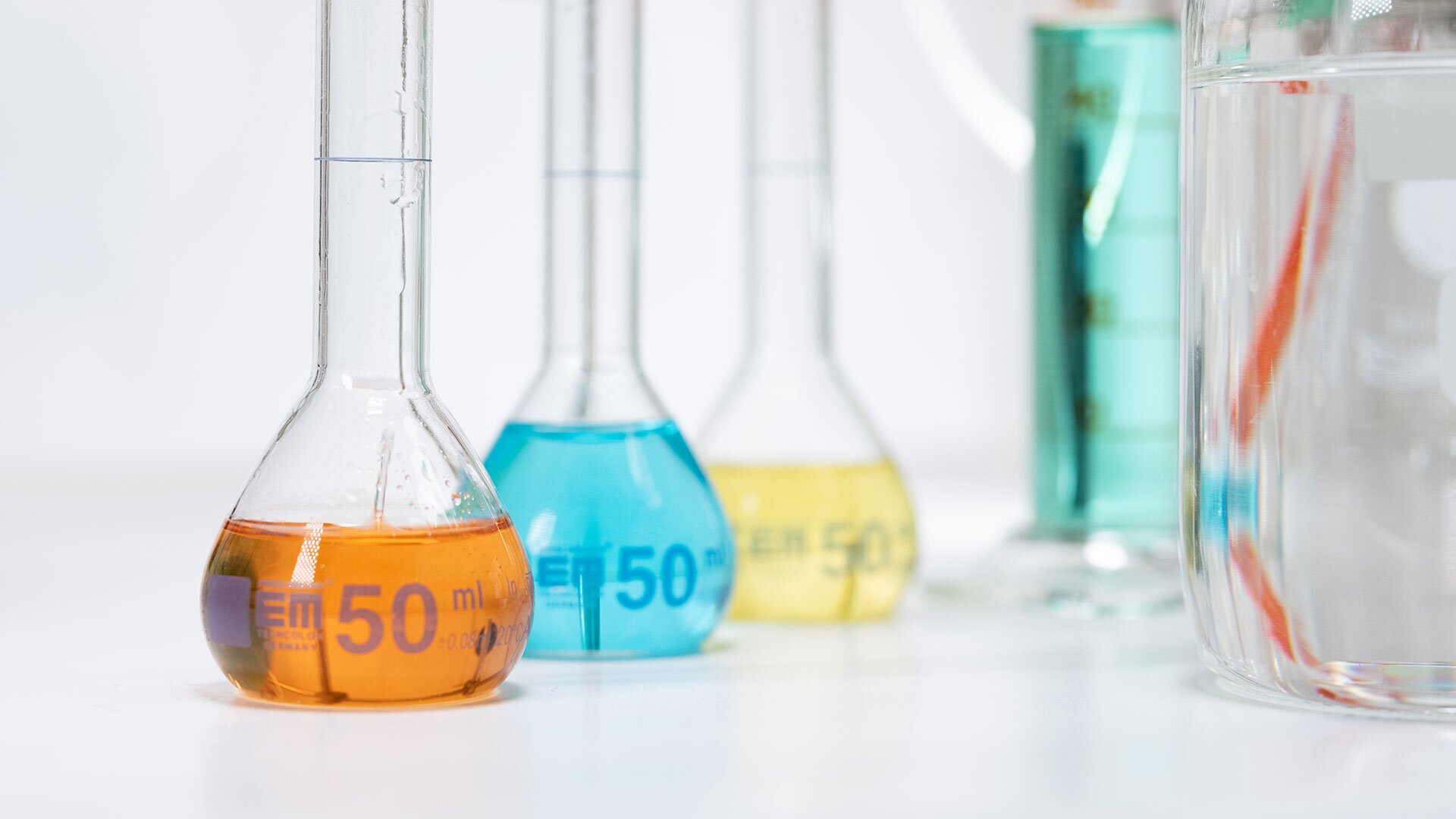Monitoring and reporting adverse effects is a key part of pharmacovigilance. Marketing authorisation holders are legally obliged to carry this out.
Safety monitoring begins as soon as a new molecule enters clinical trials in humans.
“We need to familiarise ourselves with previously collected data and get to know the molecule thoroughly – how it works and what it might be associated with,” explains Anu Varhe, Head of Medical Assessment at Orion.
When applying for marketing authorisation, a medicine’s efficacy and safety must always be demonstrated. However, in real-world use, previously unknown side effects are often discovered. These can range from mild to serious and are listed, for example, in the patient information leaflet.
“In real life, a medicine might be used by millions of people, in a wide range of conditions and circumstances. Clinical trials, which typically involve only a few thousand participants, can’t capture every possible scenario,” says Jukka Pesonen, Director of Pharmacovigilance and Patient Safety at Orion.
“Some side effects that are hard to detect in clinical trials may be linked to other illnesses or medications, pregnancy, long-term use, or extremely rare reactions.”

Every report matters
Adverse effects are mainly reported by healthcare professionals. While not mandatory, reporting is strongly encouraged.
“We receive reports from doctors, pharmacists, and occasionally from patients themselves. Some come directly to us, others via authorities or partners,” Pesonen explains.
“We review every report, and the information we gather plays a role in decision-making at Orion.”
Marketing authorisation holders like Orion are subject to detailed legislation governing what and how to report. Although pharmacovigilance is a global effort, national authorities in each country work together with pharmaceutical companies to ensure safety.
“We receive safety data from around the world on original medicines developed by Orion. For patients, this translates into improved safety and clearer product information,” says Pesonen.
“As a result of this process, we may update the product information in the summary of product characteristics and patient leaflet, initiate safety studies, or impose usage restrictions. Safety updates are also shared through safety communications, patient cards, and training materials.”
The balance between a medicine’s benefits and risks is constantly reassessed.
“In extreme cases, if there’s sufficient evidence of a serious risk linked to a medicine, its sale may be discontinued. That’s when the risks are deemed to outweigh the benefits.”
Working together for patient safety
In addition to reporting individual cases, Orion compiles long-term reviews and assessments of a medicine’s benefit-risk profile. These are evaluated in collaboration with regulatory authorities.
New products are reviewed more frequently than those that have been on the market for a long time. Still, even medicines that have been available for decades can generate new data that may lead to action. Sometimes, the arrival of newer products can shift the benefit-risk balance of older ones, making them unsuitable for all previously approved uses.
At Orion, the Pharmacovigilance department takes the lead in ensuring medicine safety, working closely with other departments.
When action is needed, regulatory teams coordinate updates to product information requiring official approval. Medical departments may help communicate changes to doctors and patients. Orion also provides healthcare professionals with risk minimisation materials.
Some Orion products are sold internationally through local licensing partners, so collaboration with multiple pharmaceutical companies is essential.
“We continuously monitor new data on our products and assess whether updates to product information or additional safety communications are needed. This work involves broad, multidisciplinary collaboration – both within Orion and with our partners,” says Anu Varhe.











